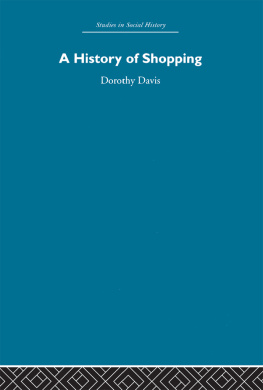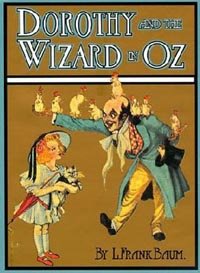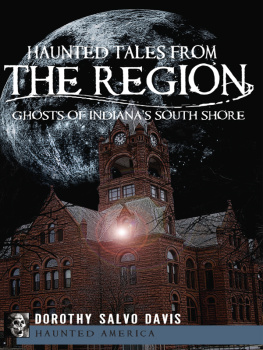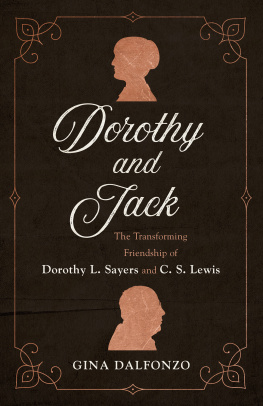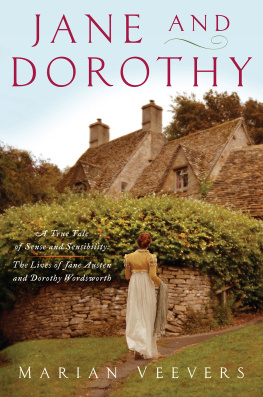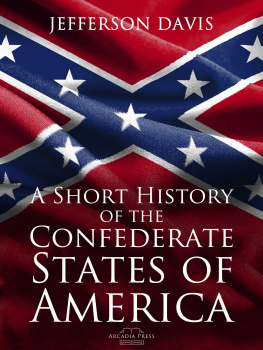

First published in 1966
This edition published in 2007 by Routledge
2 Park Square, Milton Park, Abingdon, Oxfordshire, OX14 4RN
270 Madison Avenue, New York NY 10016
Routledge is an imprint of Taylor & Francis Group, an informa business
First issued in paperback 2010
1966 Dorothy Davis
All rights reserved. No part of this book may be reprinted or reproduced or utilized in any form or by any electronic, mechanical, or other means, now known or hereafter invented, including photocopying and recording, or in any information storage or retrieval system, without permission in writing from the publishers.
The publishers have made every effort to contact authors and copyright holders of the works reprinted in the Studies in Social History series. This has not been possible in every case, however, and we would welcome correspondence from those individuals or organisations we have been unable to trace.
These reprints are taken from original copies of each book. In many cases the condition of these originals is not perfect. The publisher has gone to great lengths to ensure the quality of these reprints, but wishes to point out that certain characteristics of the original copies will, of necessity, be apparent in reprints thereof.
British Library Cataloguing in Publication Data
A CIP catalogue record for this book is available from the British Library
A History of Shopping
ISBN 13: 978-0-415-40266-8 (set)
ISBN 13: 978-0-415-41291-9 (volume) (hbk)
ISBN 13: 978-0-415-61137-4 (volume) (pbk)
eISBN 13: 978-1-134-56310-4
Routledge Library Editions: Studies in Social History
First published 1966
in Great Britain by
Routledge & Kegan Paul Ltd
and in Canada by
University of Toronto Press
Printed in Great Britain by Bookprint Limited
Dorothy Davis 1966
No part of this book may be reproduced in any form without permission from the publisher, except for the quotation of brief passages in criticism
Illustrations
It would take too long to recount or enumerate the many and various Ways and Occasions that men and women have of spending and laying out Money, many of which are absolutely necessary unless we knew how to live without Meat or Drink or Apparel with other external Necessaries, as Horses, Armour, Books and the likein a word, whatever may conduce to our Profit and honest Pleasure. Yet in husbanding our money in all these, there is a great deal of Caution and Discretion to be used. For most true it is that of all Nations in Europe our English are the most profuse and Careless in the laying out of their Money.
The Pleasant Art of Money Catching
Anon., 1737
A LL good scientists, I understand, are brought up not to ask questions to which there are no answers. This self-denying rule may be all very well for scientists, but nowadays it seems to be adopted by historians as well. This is a pity, for many of the most interesting questions about the past are only capable of a very partial and unsatisfactory answer and yet do not deserve to be entirely ignored. One such question is the history of retail distribution. Internal trade generally is so little documented that hardly anything is known about its past; the final stage by which goods reached the hands of the consumer is the least known of all. For the recent past, the existence of one substantial general study, the largely statistical classic by J. B. Jefferys Retail Trading in Britain 18501950, together with a handful of memoirs of individual organizations, do something to make the general outline clear. Before 1850, however, the subject remains a complete historical blank. It is on this blank space that this book aims to make some small impression.
Of course, it makes no claim to be a complete history of retail trade even for the years before 1850. Rather, it is a framework, a skeleton on which others, applying more detailed study, may in time put flesh. Moreover, scholars are few and general readers are many; I hope it may provide for the general reader who is little concerned with the more recondite problems of history an answer to the simple question: how did people do their shopping in the past?
In carrying the story over eight centuries, much has had to be omitted. My object has been to describe the situation that faced the consumer. The development of wholesaling and of the other ways in which retailers obtained the goods they sold find little place here. Of course, retailing has never existed in a vacuum; its character has always been determined by developments in the supply of commodities, in agriculture, manufacture and overseas trade. But I must beg to be excused from the attempt to combine a history of wholesaling with this study, for the shopper, as such, was not concerned with it. Prices, too, are only occasionally referred to. Although price levels are of vital interest to the individual consumer, they are largely irrelevant to the organization of retail trade and to the formation of shopping habits, and price histories have little to contribute to this subject.
But whereas I have left middlemen and prices out of the picture quite deliberately, it is only with reluctance that I have abandoned the attempt to give a more complete account of the coinage and of tradesmens tokens. Histories of the coinage from the fiscal and antiquarian points of view are abundant enough, but no-one has yet tackled the more difficult problem of finding what was the small change of day-to-day business, the sorts and sizes and values of the common coins men were accustomed at different times to carry in their pockets. But for lack of space, I should have liked, too, to deal with the fascinating and specialized trade in horses. And I have not attempted to include Scotlands experiences; this I leave to the Scots.
For the rest, I have tried to select from this vast and virgin field what seem to me to be some significant aspects and periods that together present a coherent story. The selection is necessarily arbitrary. Another student of this subject might have told the story from a completely different selection of times and places, but would still, I hope, have come to much the same general conclusions.
I am indebted to Mr George Eland and Messrs Sidgwick and Jackson for permission to quote from the Purefoy Letters. I have to thank Dr Anthony Bridbury, Professor F. J. Fisher and Mr Peter Mathias for their kindness in reading parts of the text and making some useful suggestions, and my husband for much useful encouragement. Nobody but myself, however, is responsible for the faults that remain.
DOROTHY DAVIS
There is some ambiguity about all the following terms, but I have found these to be the most usual meanings.
TRADESMAN . A skilled craftsman, until the eighteenth century, in the course of which the term came to include shopkeepers.
SALESMAN ( SALES - SHOP ). Eighteenth-century term for a shopkeeper who bought all his goods ready-made in those trades where they had formerly been made on the premises, especially in the boot and shoe, tailoring and furniture trades, where the general rule was still for the shopkeeper to have his goods made by outworkers.




